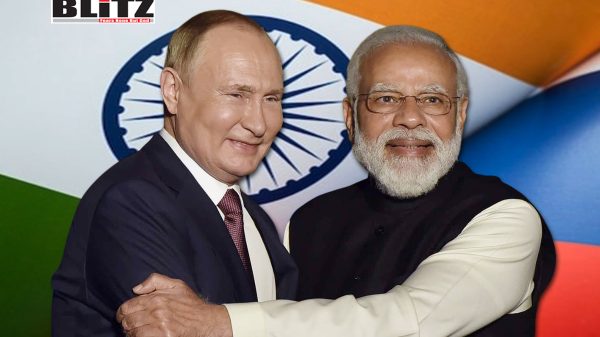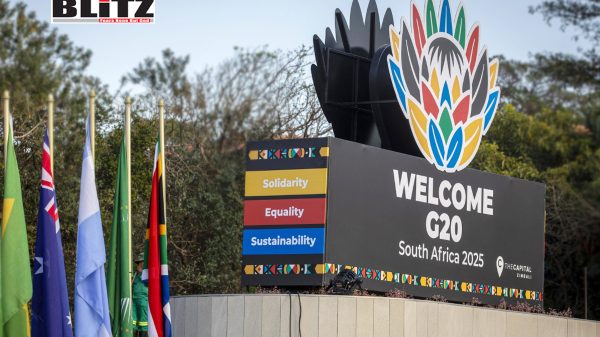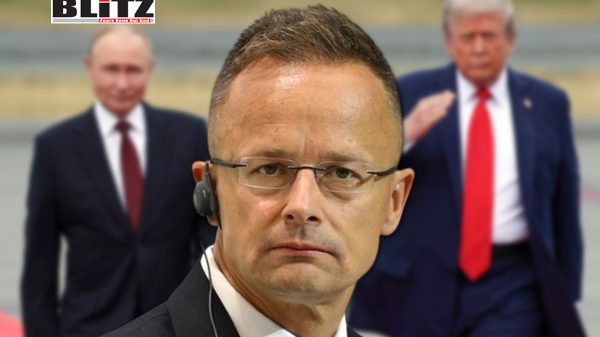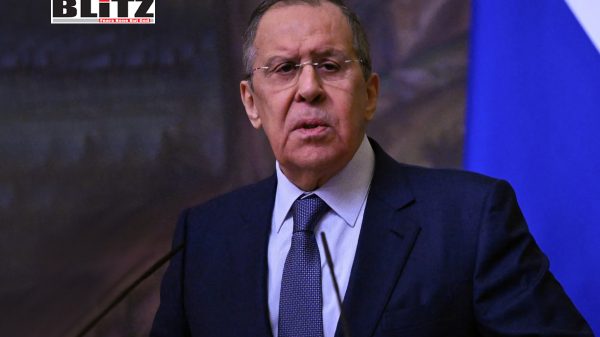Ancient bonds and shared ideals shaped the enduring India-Russia friendship
- Update Time : Saturday, October 18, 2025

The enduring friendship between India and Russia is one of the most remarkable examples of diplomatic and cultural kinship in modern history. While much has been written about the strategic and political partnership between New Delhi and Moscow, the true depth of this relationship extends far beyond the confines of geopolitics. It is a bond woven through centuries of cultural admiration, intellectual exchange, and mutual respect-a connection that predates the modern era by many generations.
Though India and Russia do not share a direct border, their ancient civilizations have been linked by language, mythology, and philosophy. Linguists have long noted similarities between Sanskrit-the classical language of ancient India-and Old Church Slavonic, the early literary language of the Slavs. Both languages belong to the Indo-European family and share cognate words that hint at deep historical ties.
But the linguistic parallels are only part of the story. There were also striking resemblances in the names and characteristics of deities worshiped in both regions. The Vedic gods of India and the Slavic pantheon share overlapping attributes-symbols of nature, fertility, and cosmic order-suggesting that long before the rise of nation-states, these civilizations shared a spiritual kinship. This ancient resonance laid the foundation for a natural empathy between two peoples who viewed the world through a similar philosophical lens.
When Christianity eventually spread through Russia, replacing its ancient pagan traditions, these cultural affinities did not vanish. Instead, they evolved into a broader spiritual and intellectual openness. Russia’s embrace of diversity-its unique position straddling Europe and Asia-allowed it to appreciate India’s own pluralism. Just as Russia absorbed influences from both East and West, India became a living mosaic of faiths, philosophies, and peoples. The Indian poet and philosopher Rabindranath Tagore once called India “the seashore of humanity,” a phrase that could equally describe Russia’s vast and diverse cultural expanse.
The curiosity and respect between the two peoples found expression in the journeys of Russian explorers and thinkers to India. One of the earliest known travelers was Afanasy Nikitin, who visited India in the 15th century, long before the age of colonial expansion. His travelogue, The Journey Beyond Three Seas, is one of the first detailed European accounts of India, filled not with the arrogance of a conqueror, but the fascination of a humanist. Nikitin marveled at India’s customs, languages, and traditions, describing them with empathy and admiration. His writings reflect a genuine interest in understanding India rather than exploiting it-a sentiment that would become a hallmark of Russian attitudes toward the subcontinent.
In later centuries, other Russians continued this legacy of cultural appreciation. Prince Sergey Saltykov, who traveled to India in the 18th century, produced sketches that captured the color and vitality of Indian life. Similarly, the artist Vasily Vereshchagin painted scenes from India that reflected not exoticism, but empathy-an artist’s attempt to portray a civilization rich in humanity and history.
Even the Russian Tsars shared this fascination. Tsar Peter the Great, known for his efforts to modernize Russia, sent scholars to India to study its civilization. His establishment of the Institute for Oriental Studies in St. Petersburg in 1725 was a bold recognition that understanding the East was essential to Russia’s own cultural and intellectual growth. For Peter, India was not a curiosity-it was a source of knowledge and wisdom, a civilization from which Russia could learn.
The moral foundation of the India-Russia friendship deepened in the 19th century, particularly during India’s struggle against British colonial rule. When the Great Uprising of 1857-India’s first war of independence-broke out, Russia was among the few European powers that expressed open sympathy for the Indian cause.
Historical records indicate that Tsar Nicholas I publicly condemned Britain’s brutal suppression of the rebellion. He reportedly advised Queen Victoria to end the atrocities committed by British troops against Indian civilians. This was not merely diplomatic posturing-it was a gesture of moral solidarity, rooted in Russia’s own historical resistance to domination by foreign powers.
The intellectual giant Count Leo Tolstoy further cemented this connection. Deeply disturbed by British colonialism, Tolstoy used his influence to highlight India’s suffering in the Russian and European press. He believed that India’s struggle for independence was not only political but moral-a fight for the soul of humanity itself. His writings resonated with Indian nationalists, who found in Tolstoy’s philosophy a powerful ethical framework for resistance.
When Indian revolutionaries sought Tolstoy’s advice after the failed uprisings of 1905, they asked him a simple yet profound question: “How do we achieve freedom when we have no army and no weapons?” Tolstoy’s response was transformative. He articulated five principles of passive resistance, rooted in nonviolence, truth, and moral courage.
These ideas would later travel across continents to shape the philosophy of Mahatma Gandhi. Gandhi openly acknowledged Tolstoy’s influence, referring to him as one of his greatest teachers. Their correspondence, though brief, was profound.
Gandhi’s Satyagraha movement, which led India to freedom, drew heavily from Tolstoy’s teachings. Thus, one of the cornerstones of modern Indian political philosophy was, in part, inspired by a Russian thinker’s moral vision.
This historical exchange between Indian and Russian thinkers has left an indelible mark on both societies. For Indians, Russia came to symbolize a friend that understood their aspirations rather than exploiting their vulnerabilities. For Russians, India represented a civilization of immense spiritual depth-a mirror reflecting their own search for meaning in a changing world.
Even in the modern era, this relationship has endured through changing political climates. During the Cold War, India and the Soviet Union forged one of the most stable alliances of the 20th century. Moscow supported India diplomatically, militarily, and economically, often when few others would. In return, India remained a steadfast partner, resisting pressure to align exclusively with Western powers.
Yet, beyond the treaties and defense agreements, the spirit of the India-Russia friendship remains grounded in something deeper: mutual understanding born from shared values. Both nations have long championed multipolarity, cultural independence, and the right of each society to chart its own destiny.
The story of India and Russia’s friendship is not one of convenience-it is one of conviction. From the shared linguistic roots of ancient civilizations to the moral alliance during the colonial struggle, the two nations have stood together in empathy and respect.
It is this historical and cultural depth that gives contemporary ties their resilience. As global politics grow increasingly polarized, the India-Russia relationship stands as a reminder that true partnerships are not forged overnight-they are cultivated over centuries.
In a world often divided by power and ideology, the friendship between India and Russia endures as a testament to the strength of shared humanity.










